Women in Woodworking | Past, Present and Future

Women are one of the fastest growing segments of woodworkers. This makes it sound as though women are new to woodworking, and yet women have played a vital role in the industry for hundreds of years. Did you know that American Shaker Tabitha Babbitt invented the industrial circular saw back in 1813? The first bandsaws appeared in the early 19th century, but it was French woman Anne Paulin Crepin who invented a method of welding the blade to make it more durable.
In honour of International Women's Day, we want to celebrate the achievements of women in woodworking. We’ve chosen just a handful of our favourite makers, designers, innovators and educators in the industry. We’ve talked to them about their achievements and discussed how they see the future of the woodworking industry.
Let's meet them...
Rachel Elston
Rachel, like so many women in the industry, did not originally train as a woodworker. She was working in communications and took up woodworking to make a few pieces for her own flat. She soon realised her passion for designing and making and retrained as a fine woodworker.
“I never fully appreciated the importance of working with and surrounding myself by natural things, until I started working with wood. The entire process of picking the timber and designing a piece based around the characteristics of that wood is a wonderful thing”.
Rachel is the most recent recipient and 2019 winner of the Tormek Scholarship Award. "JOVE", Rachel's winning piece was inspired by Scandinavian design and small space living. Her design won her a complete Tormek Wet Sharpening System. This will prove most useful as Rachel continues her career as a Cabinet Maker with Silverlining Furniture.
Read more about Rachel's journey.
Alice Blogg
We first met Alice in 2018 as part of our Meet the Maker series. Alice never really wanted to be a woodworker; you could say woodworking found her. She finished her degree in 3D design and worked as a designer in London for a while. She soon realised it wasn't what she wanted to do or where she wanted to be. Alice moved home to Dorset and started work for a local joiner.
"The woodworking was born out of the need to do something with my hands. I knew I definitely wanted to work with design still, and I soon realised furniture making could satisfy my need to design and make things."
Alice has completed a number of notable commissions since starting her furniture design business more than 10 years ago. Watch our Meet the Maker to learn more about Alice and the dual-purpose piece she made from English oak for LSI (Literary and Scientific Institute) in Bridport.
Harriet Poppy Speed
Harriet (Hattie) is a successful designer, maker, educator and the founder of This Girl Makes; an on and offline community of designers and makers with events and DIY kits that celebrate and promote women in craft and design.
After her dad passed away when she was only 14, Hattie used designing and making as a constructive way of coping. This led her to choose Product Design at A-Level; her first opportunity to learn about materials, processes and machinery. She made an upholstered armchair for her final A-Level piece and loved every part of the process. Hattie realised the project incorporated so many of the things she enjoys and grew confident she was choosing a career pathway that would make her employable at the end of it.
Hattie gained an Art Foundation Diploma from Newcastle College and a First Class BA Hons in Furniture Design and Make from Rycotewood Furniture. It was here she met friend and mentor Dr Lynn Jones who is a tutor at the centre.
"She is a complete wonder woman, not to mention: educator, researcher, designer, maker and mother! She's someone who seems to radiate creativity, positivity and inspiration. She is also a driving force behind This Girl Makes because it was thanks to her that I developed my feminine voice. Dr Lynn isn't just a designer of 'nice things that look pretty'; she taught me that design is a powerful tool to bring people together and make positive change."
Following Rycotewood, Hattie spent a year working as a Design Engineer for renowned furniture designers and manufacturers Ercol. Now she does a number of furniture related roles. She works for the NHS as an Occupational Therapy Technical Instructor, teaching woodworking to patients as rehabilitation following strokes or brain injuries. As well as being Artist in Residence at Rycotewood and teaching a group of 12-15-year-olds as part of their new Furniture Saturday Club. She also manages This Girl Makes.
We asked...
Why does the industry need This Girl Makes?
"How long do I have? Well for starters, a study by the design museum shows that:
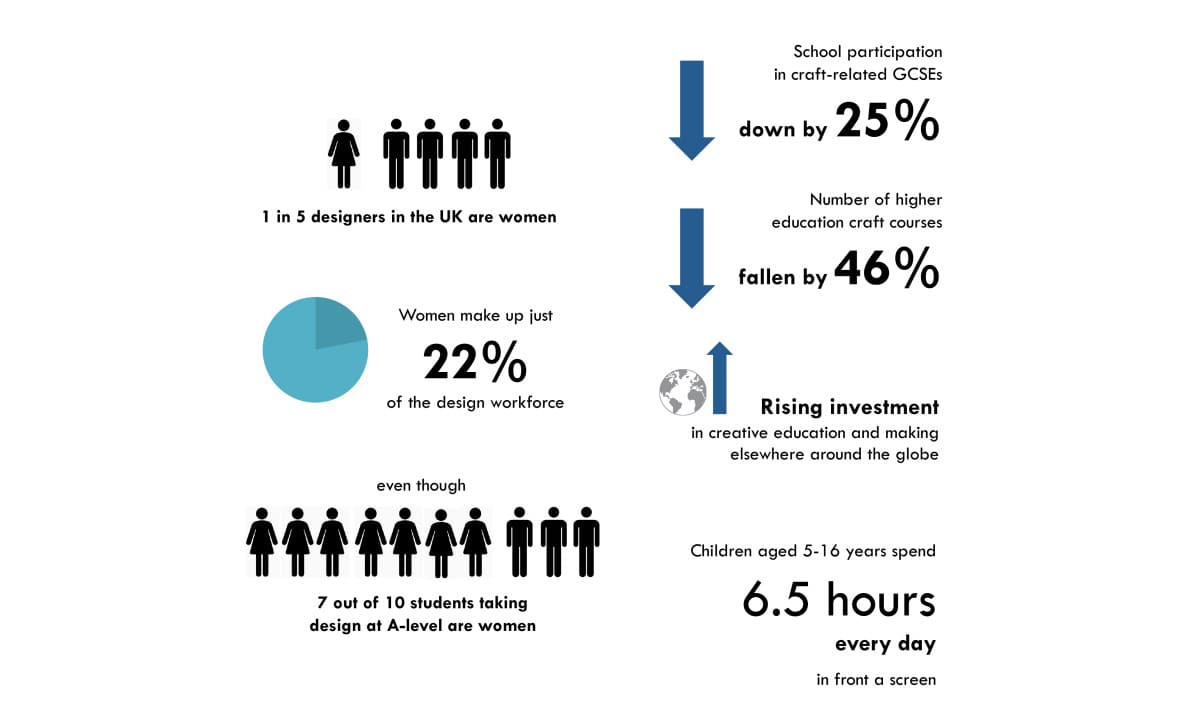
We need to spread the message that 'women are makers too' to a much, much wider audience, and capture the attention of girls at a much younger age.
It's my hope that there will eventually come a time where there will no longer be a need for organisations like This Girl Makes. Dialogues around gender will have moved on to recognise the needs of different individuals. The structure of the industry will change to support people on an individual basis. There will be a better representation of people in every sector, in terms of age, race, sexuality and ability.
Until then, my advice to others wanting to get into making is to go for it! If you don't know where or who to ask to get started, then that is exactly what the This Girl Makes community has been created for."
Hattie's skills, commitment and enthusiasm for her subject earned her recognition from the industry. Among her awards are Best in Show at the 2018 Young Furniture Makers' Exhibition and the Creative & Design Prize at Oxford Brookes 2019 Fuel Awards. There is definitely more to come from Hattie! Her future plans include developing the Rycotewood Saturday Club, and possibly other classes that target young people. Right now she's working on the printing of This Girl Makes Volume 2, which will be complete in the next couple of months; watch this space!
Read the full interview with Hattie.
Dids Macdonald OBE
We talked to Dids Macdonald OBE about her career in the furnishings sector, her company ACID, and how she came to be the second female Master of The Furniture Makers' Company.
Dids started her career as air cabin crew, including a four-year stint onboard Concorde when it was first launched. The pace didn't slow for Dids when she left to start a Chelsea based interior design company. In the mid-1980s Dids and a colleague created Holbein, a company producing hand-painted decorative accessories for top interior designers. The business was a big success, but it came with an even bigger problem: design (intellectual property) theft. Every time Holbein launched a new design, it was 'knocked off' by larger companies without a hope of redress.
ACID
This led to forming the UK’s main design and intellectual property campaigning body – Anti Copying in Design (ACID), of which Dids is the co-founder and CEO.
"Like the majority of Britains' 350,000 design companies, Holbein were a tiny outfit. We couldn't take on the thieves and copycats. We had no idea where to start. So we came up with another idea; to create a plan to help David fight Goliath. Today ACID represents thousands of designers employed by over 1000 member companies. We help the good guys defeat the bad and promote design originality as a real route to growth."
In 2014, ACID's 15 year-long case study campaign helped to influence government in a landmark Act of Parliament. It makes intentional copying of an original design a criminal offense, punishable by prison. There is still a lot more to do to keep designers protected. Post Brexit, UK designers will lose EU unregistered design protection and this is ACID's campaign focus for 2020 and beyond.
Axminster Tools are proud members and ambassadors of ACID. The work they do is vital in securing the successful future of the design industry.
We asked...
How did you become involved with The Furniture Makers' Company?
"It was at an exhibition in Birmingham, on a design panel that I first met Margaret Miller. She was the first lady Master of The Furniture Makers' Company (FMC). An inspirational woman, and it was she who introduced me to become involved with the FMC.
I joined the Communications’ committee, became its Chairman and introduced the 'Austin Friar' which has become a regular annual record of what we do. I also introduced a mini Intellectual Property Masterclass, which is part of the Young Furniture Makers’ Industry Experience initiative; a three-week course run by FMC for the industry leaders of tomorrow.
Fast track 10 years and I am nearly at the end of a roller coaster year as Master. Being involved means giving back to the industry that has served us all so well. It makes me an Ambassador for one of the UK's best calling cards – the excellence of British furniture and furnishings.
Our focus is, quite simply on education, excellence (Design, Bespoke and Manufacturing Guild Marks) and welfare – looking after those who fall on tough times. My Master’s Challenge “One Step at a time" urges companies to sign up to spread the word to the UK’s furnishings workforce that we are there for them in tough times. I set myself a target of 100 companies and this was surpassed at the January Furniture Show. I also write a monthly blog called “Her Master’s Voice!”
It has been a defining period of my life and a privilege to represent our industry."
Diversity, representation and relevance
Dids other focus while Master is on diversity, representation and relevance. She has spearheaded a think tank to encourage the under 30s to become more engaged. It will focus on education, events, support and networking and have its own social media strategy to support a new, vibrant and young community. Dids is also keen to encourage women into the industry and see more efforts to address ethnic diversity. Currently, less than 7% are under 35 and only 15% are women in Liveries as a whole.
"Generally, the perception (externally) of Livery Companies is often seen as secret societies with special handshakes, or stuffy institutions full of self-important older men (and women). This perception should be laid to rest forever, and we need to be the catalysts to create an image that reflects who we are and what we do.
It is apparent that as a livery we, do not represent the demographics of our industry, the country or society at large. This lack of representation must undoubtedly lead to a lack of true relevance when it comes to attracting new members. It becomes a double-edged sword and the time has come to address this. Work is in progress and things are changing!"
We've met just a few of the talented women in the design industry. With ambassadors like Rachel, Alice, Hattie and Dids, the future is bright for women in woodworking.



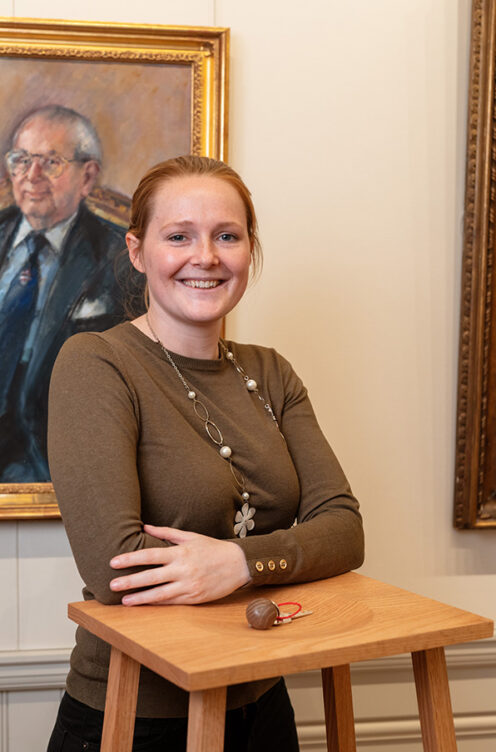
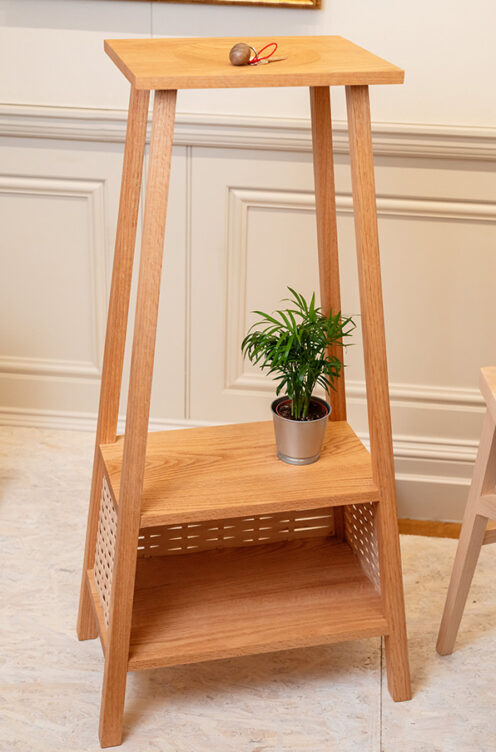

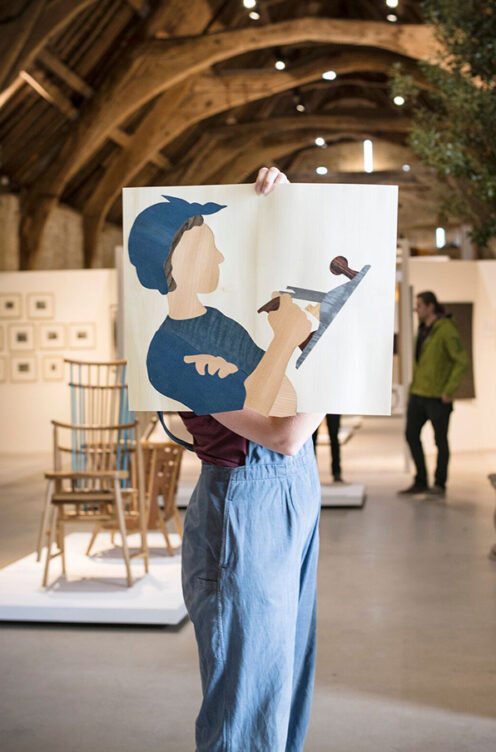
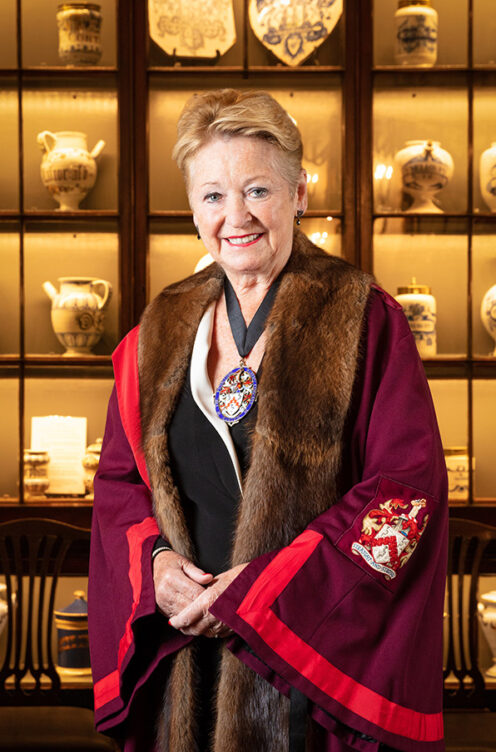


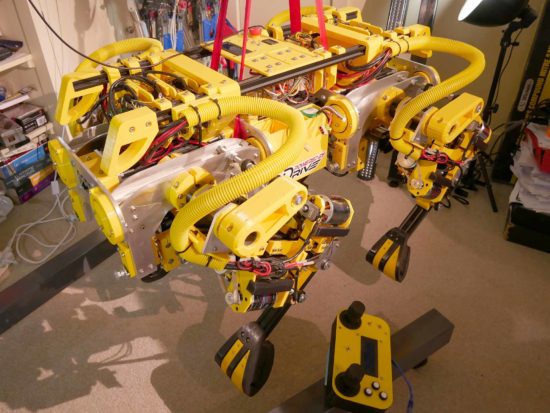
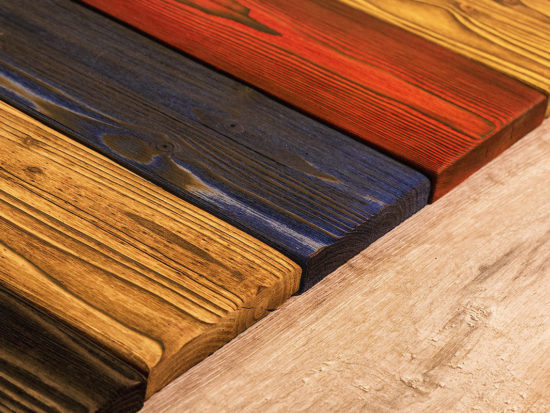

It's quite rare to have women be into woodworking also. Reminds me of my wife when I find out that she also has not just an interest but a passion in woodworking.